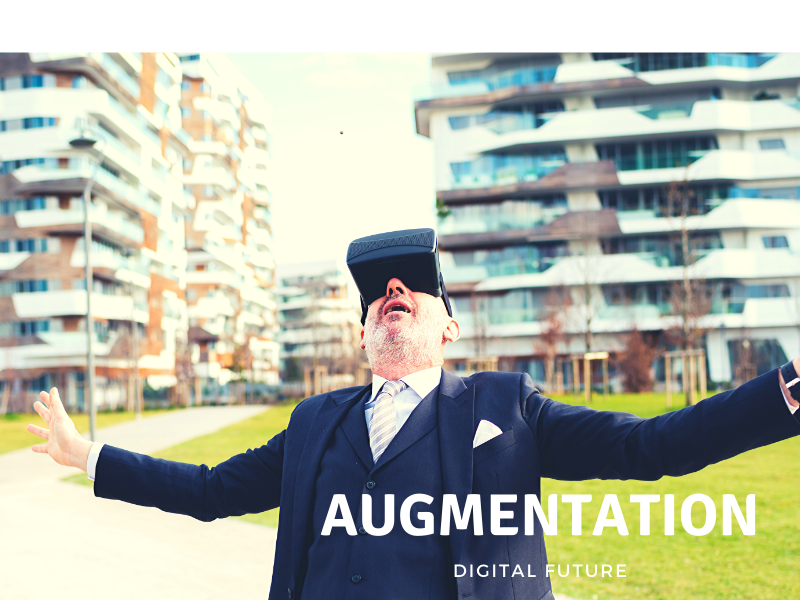Throughout history, humans have utilized technology and a diverse array of tools to elevate their capabilities. From the mastery of spears, bows, and knives for hunting, to the art of milling stones for grain processing, and harnessing fire for cooking and stew-making, technology hasn’t merely enhanced individual prowess but has also fortified the fabric of larger societies. It served as a conduit for disseminating narratives centered on organization and collaboration. As technology progressed, human societies expanded, eventually culminating in human dominion over the world and the ambitious leap into the uncharted frontiers of space.

The Evolution of Computers
Initially designed to aid in computation, computers swiftly evolved beyond their foundational purpose of executing rapid, intricate calculations. This evolution unlocked new possibilities as information could be encoded, programmed, and woven into algorithms. From numerical data to textual information, static imagery to dynamic visuals, and ultimately incorporating sound, computers emerged as the bedrock of the digital realm—a domain shaped and governed by algorithms and the fluidity of information flow.
Computers and Their Role in Augmentation
Computers, akin to systems, serve diverse roles in assisting humans. They augment human capabilities by facilitating tasks and, when empowered to do so, perform tasks autonomously—representing robotics. Moreover, they collaborate with other computing entities, constructing platforms that bolster the augmentation or robotization of human work.
Memory Augmentation
For many, the primary utility of computers lies in aiding memory: managing appointments, contact lists, and to-do lists. The smartphone, an extension of oneself, has become indispensable. Its absence can induce a sense of disorientation, highlighting its pivotal role in modern life. However, it’s noteworthy that phone numbers, once crucial identifiers, are gradually fading into obsolescence, relics of an era reliant on simple codes to distinguish individual telephones.
The interesting thing about phone numbers is that they are a relic from the past: from a time that a simple code was needed to identify specific and individual telephones. For you the number might relate to a person or a family, in reality they refer to a specific line and to a device capable of translating sounds to electrical currents. It is very likely that over time phone numbers will become obsolete and will disappear from day-to-day use completely.
Communication Augmentation
Computers also serve as conduits for human communication, facilitating instantaneous interaction through text (e-mails, social media) and audio-visual mediums (phone calls, video conferencing). The plethora of options available allows seamless communication within social circles, with colleagues, and even strangers.
Creativity Augmentationof Creativity
Computers enrich human creativity by expanding imaginative horizons. Through visualizations, soundscapes, simulation models, and more, they empower individuals to explore realms of creativity previously inaccessible.
Augmentation of Physical Strength
Technology has perpetually empowered humans to become stronger, faster, and more adept at various tasks. An assortment of tools and innovations—microscopes, telescopes, transportation modes (bikes, cars, trains), aviation (planes, rockets), medical diagnostics (x-rays, MRI scans), and sensory aid devices—have revolutionized human capabilities, enabling feats like peering inside our bodies, traversing barriers, and aiding individuals with disabilities.”
Augmentation of Vision
Technology has granted humans the ability to see the unseen and explore the unreachable:
- Microscopes unveil the intricacies of the minuscule.
- Telescopes extend our vision into the cosmic expanses.
Augmentation of Mobility
In our quest for expedited movement, technology has provided an array of aids:
- Vehicles such as bikes, cars, trucks, boats, and trains cover distances with minimal personal effort.
- Aviation marvels like planes, rockets, and helicopters elevate us into the skies.
Augmentation of Perception
Beyond the visible, technology has opened doors to realms otherwise concealed:
- Medical imaging techniques like x-rays and MRI scans delve beneath our skin, revealing the inner workings of our bodies.
- Tools like infrared, radar, and sonar penetrate walls and terrains, offering glimpses into hidden spaces.
Augmentation of Industry
Technology simplifies labor-intensive tasks and enables feats of construction and exploration:
- Tools facilitating drilling through walls or excavating ground revolutionize construction and exploration.
- Innovations aiding the visually impaired, the hearing impaired, and those with mobility challenges contribute to inclusivity and accessibility.
In essence, the history of humanity is intricately woven with the narrative of technological progression. Each innovation has not only augmented our capabilities but also propelled us towards new frontiers, challenging the boundaries of what was once deemed impossible

